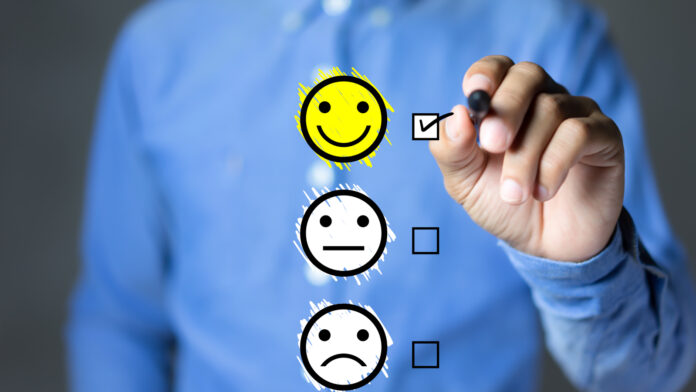This study also validates a previous study that finds that retail brands that leverage communication technology rank highest overall
Retail Zipline, the leading communication and store execution platform for retailers, today released its Retail Sales Execution Study in partnership with Coyle Hospitality Group, the world’s leading provider of customer experience consulting, quality assurance and mystery shopping. The study found that how brands engage their employees makes a difference in how store associates treat shoppers and perform their jobs.
COVID-19 prompted many retailers to rethink the function and format of their brick-and-mortar stores. In the thick of this store revolution, researchers secret-shopped 89 retail brands in the U.S and Canada, revealing compelling insights about brands across five categories: speed and convenience; signage; health and safety; sales execution; and holiday readiness.
Health and Safety Remains a Focus
The average Health and Safety score across all retailers was 78%, proving that the nearly year-long focus on safety protocols is paying off. However, with an average Sales Execution score of 50% and a Holiday Preparedness score of 20%, it appears that energy is being diverted from customer engagement to ensure that stores are safe.
Read More: CMOs decode how enterprises can avoid social media marketing pitfalls
Employee Happiness Drives Better Store Engagement
The study cross-referenced Glassdoor scores to understand how retailers’ performance is impacted by employee satisfaction. Companies with ratings over 3.5 on Glassdoor performed 15% better overall than those with ratings lower than 3.5, on a scale of 1-5. In the secret shopper analysis, the difference was particularly pronounced on personal interaction measures, e.g., proactively approaching the shopper regarding sales/specials (+115%) or greeting the shopper warmly (+44%).
Beauty and Apparel Brands Outperform Their Counterparts by 26%
In the report, 13 Beauty & Apparel retailer brands with over 3,500 stores and a combined 2019 Revenue of $39 Billion were captured. When ranked against other retail verticals, beauty and apparel brands outperformed other types of retailers by 26%. The difference was most apparent in sales execution (+62%) and signage (+25%).
Regional Differences Brought to Light as Stores in Central U.S. Rank Lower
Driven by corporate leadership, COVID-19 safety protocols, like signage urging social distancing, mask-wearing, and hand sanitizer availability, saw geographical differences. Coastal states like New York and California took greater health and safety precautions, 84% overall score, while those in the interior U.S., like the midwest and south, took less at a 71% overall score.
Customers in New York, California and Canada were far more likely to wear masks than those in the central U.S, 98% versus 82%. Even employees showed regional discrepancies in mask-wearing, 100% versus 89%. This was reflected in how safe the secret shoppers felt: 85% felt very safe in New York and California, while only 67% felt very safe in the central U.S.
Read More: Delivering Business Value and Successful Customer Journeys through Conversation APIs
Common Threads Between Top-Ranking Retailers: Communications Technology
Retailers that put software solutions in place to communicate better and manage store execution ranked higher in every category, but especially in speed and convenience (16%) and sales execution (29%). Top-performing Retail Zipline customers like Hy-Vee, Sephora and Torrid are a testament to communications technology that marries communications and task management to drive store execution.
“Our communications product was created to give retailers the ability to achieve engagement and improve execution in their stores,” said Melissa Wong, CEO of Retail Zipline. “We built this product because we know how important it is for store teams to understand how their work fits into the bigger picture and how engagement can be a key factor to improve processes and business performance.”






